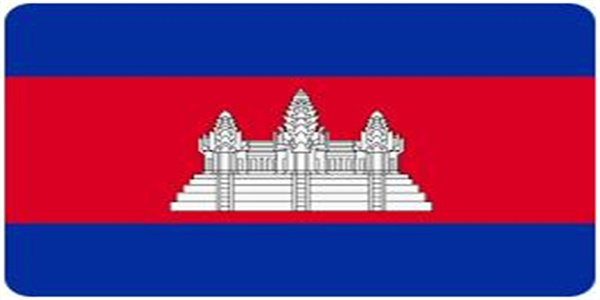Long fiber geotextile, though priced slightly higher than regular short fiber geotextile, has significantly greater strength and is commonly used in landfill sites. If the specifications above do not meet your requirements, you may choose "Other" and indicate your preferences in the remarks section.
Long fiber nonwoven geotextiles include short fiber needle-punched geotextiles and spunbond long fiber geotextiles. Short fiber needle-punched geotextiles are made from polyester, polypropylene, or nylon short fibers, processed through carding, web formation, needle-punching, and re-needle-punching.
The characteristics of short fiber needle-punched geotextiles include high density, fluffy structure, corrosion resistance, aging resistance, resistance to acids and alkalis, good water absorption and permeability, high tensile strength, and great ability to resist deformation. These geotextiles are widely used in road construction, slope protection, and waterway protection projects.
For example, in the Liaohai Oilfield's beach area, the soil has high water content, high compressibility, and low bearing capacity, resulting in roadbed mudflows during spring thaw. To address this issue, they used domestic LHw-4 polyester needle-punched nonwoven geotextiles to prevent mudflow in the spring thaw period of frozen soil embankment roadbed. The geotextile provides significant isolation, prevents road surface slurry flow, reinforces the structure, and improves the stability of the soft roadbed.
In the Daguan Dam Hub Project, needle-punched nonwoven fabric was used in conjunction with stone revetment for slope protection, effectively reducing wind and wave erosion and increasing the adaptability to deformation.
Additionally, in the 800 million RMB Shandong Yellow River Diversion Project, short fiber needle-punched nonwoven geotextile was selected for the channel surface protection layer. Over 900,000 square meters of geotextile were used in the project.






 " />
" />